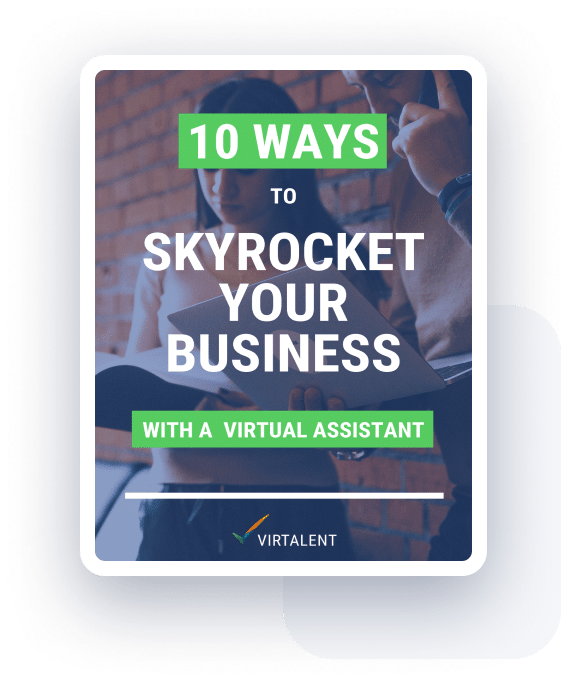Any successful newsletter has a number of important components which are all designed to engage readers and encourage conversions.
Getting it right requires attention to detail as well as a pretty good idea of what your subscribers are looking for. From including your logo to choosing the right images and that all-important call to action, here are the key components for writing a newsletter that converts:
1. Include Your Logo
Your newsletter should reflect the style and branding of your web page which means you need to have your main logo in a prominent place for all to see. It helps the set tone of your communication and tells subscribers what to expect from the outset.
2. Strong Headings
Many businesses make the mistake of throwing in large chunks of text that can look boring to read (and so won’t be!). Break up your page with strongly written, punchy headings that catch the attention of your reader. You should be using the same heading styles that you have on your website and hardcopy promotional material.
3. Include Images
People love images. They can help break up the content in your newsletter and make it look more dynamic. Use high quality images that say something about the content and your business. One often ignored concept is that people tend to gravitate to images with a human face in them – particularly important if you are small business or sole trader who wants a customer to better relate to their brand. Putting in different shapes and sizes of images also works well. Experiment!
4. Stay True to Your Brand
If you have a clearly defined brand (and you should!), it needs to be reflected in your newsletter. That includes using the right fonts, typesetting, main text and title size and colour across the board. Creating a simple set of brand guidelines that can be used for any marketing activities avoids newsletters being sent out that don’t meet your criteria.
5. Let Your Readers Interact
Putting in social media sharing buttons or other ways to interact with the newsletter can help focus the attention of readers who are simply skimming through your valuable content. That includes including links to relevant and interesting content to supplement the message you are trying to convey.
6. The Right Content
What you write is, of course, most important. Stay focused on what you want to achieve (i.e. what action you would like the reader to take) and exactly who you are aiming at, producing the kind of content that your subscribers actually want to read. Having too many concepts in one newsletter can dull the senses, confuse and switch off your reader. Keep it short and punchy – less is definitely more!
7. A Strong Call to Action
Any sales team will tell you that good calls to action are important for any conversions. Nowhere is this more important than in a newsletter where you need to grab the attention of your reader quickly, before they move on to the next email in their inbox, and encourage them to click on that important link to your site. A strong call to action is worth its weight in gold and you need to take time over it. Make it exciting, engaging and difficult to resist and you’re on to a winner.
8. Matching Your Call to Action
One area where many businesses fall down is that they have a great call to action but don’t link to the right landing page. They’ll link to the main homepage or a product page rather than a dedicated one that is designed to work with the newsletter. There’s nothing that has readers clicking the back button quicker than a link which sends them to an inappropriate page.







